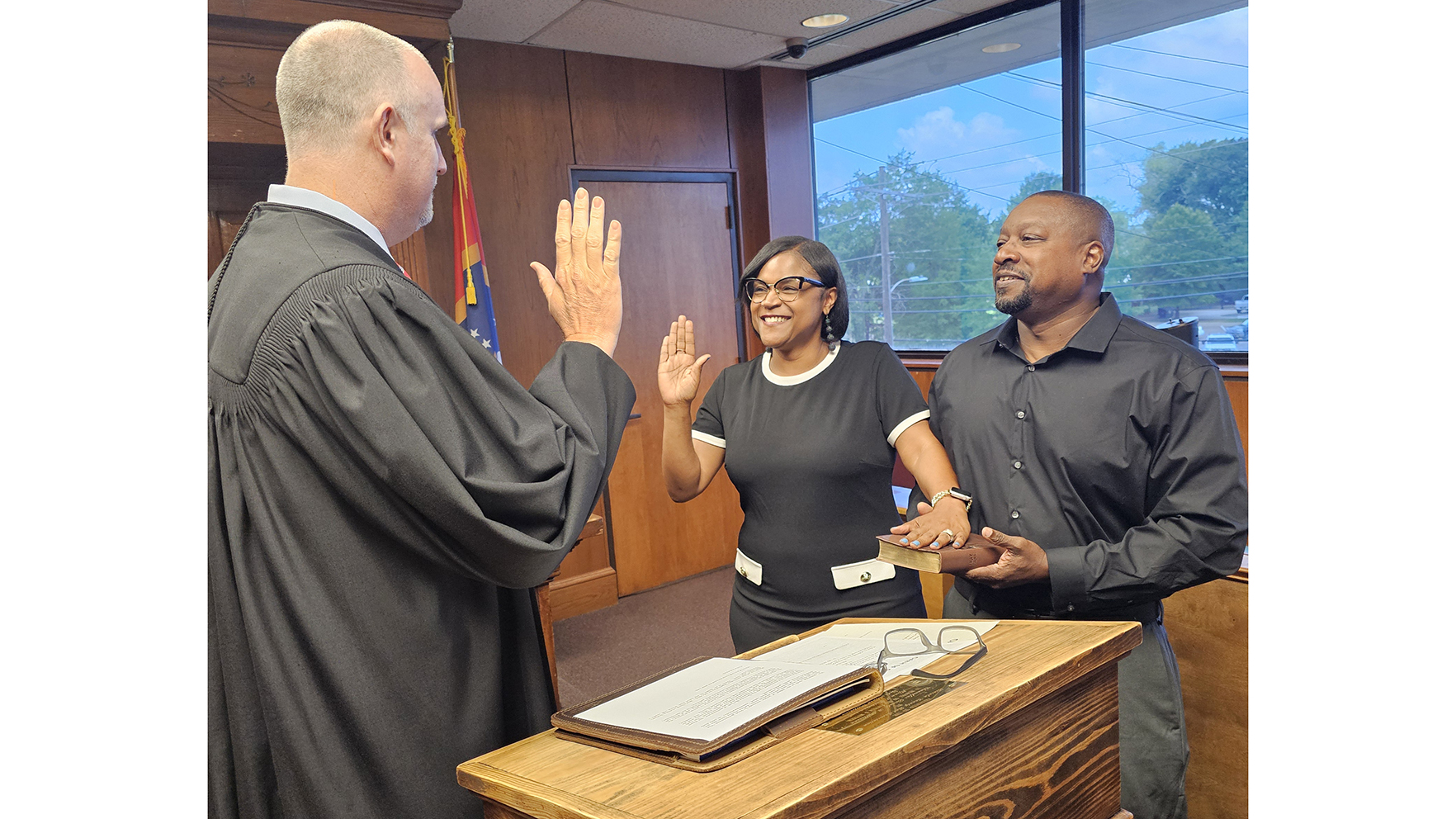Costly termites are best prevented, not treated
Published 3:22 pm Thursday, September 29, 2022

- STRUCTURE -- The Mississippi State University Extension Service offers a variety of resources to support the state’s battle against termites. Blake Layton, MSU Extension entomologists, oversees Termite University. (Photo by MSU Extension Service/Michaela Parker) Alt text -- A man stands outside a structure.
STARKVILLE — The word “termite” strikes fear in the hearts of homeowners because this insect is the most economically damaging pest in Mississippi, is very common and requires constant vigilance.
Blake Layton, entomologist with the Mississippi State University Extension Service, said the cost of termites is so large that it is hard to pin down.
“Fire ants are estimated to cost $250 million in the state each year, and termites cost considerably more than that,” Layton said. “Nationally, termites are estimated to cost $5 billion to $20 billion a year. As they are not a problem in all states, Mississippi and other states in the Southeast bear the brunt of that cost, possibly as high as $300 million to $500 million a year.”
Because of this risk and cost, Layton said that all homeowners should be aware of the risks of termites and make sure their houses are protected.
“Every building in the state is subject to attack by termites, even those made of stone or steel if they have cellulose in them,” Layton said. “Every building is subject to attack, and there is a cost of protecting them from termites.”
When termites do get inside a building, the cost of repairing the damage can range from a few thousand to hundreds of thousands. Termite damage can cause entire buildings to be lost.
Buildings are not the only things at risk from termites. Wooden bridges, wooden signs and utility poles are among the many items that can be attacked by the pests.
“Termites are native insects and are a natural part of the environment, including urban landscapes,” Layton said. “One North Carolina study found that the average home has 25 native, Eastern subterranean termite colonies per acre.”
In nature, termites have the very important job of eating waste cellulose, or wood debris. If not for termites, there would be massive amounts of deadwood in forests, and waste wood material would take considerably longer to biodegrade.
But that hunger for wood material makes termites a high risk to houses. The first line of defense is to have every house and building treated for the pests.
“You don’t want to be untreated in the Southeast,” Layton said.
Treatment costs considerably less than repairs and remediation. The cost to treat a 2,000-square-foot house may range from $1,200 to $2,000, plus the annual cost of maintaining the protection.
Layton said there are two basic kinds of treatments. The first is to apply a liquid termiticide in the soil around the house. This treatment can last 12-15 years
A newer treatment method uses termite bait stations installed around the house. These bait stations must be maintained annually to provide ongoing control.
Applying termite treatments is a job for professionals, but homeowners can take steps to remove or prevent conditions that promote termite infestations.
“Any moisture problem presents a real termite risk,” Layton said. “In places where Formosan termites are present, the risk is exponentially more.”
Untreated soil or layers of wood mulch or bark piled against the exterior of a structure provide open doors for termites to enter, sometimes through soil tubes they build on the side of a building. Arbors, trellises, ladders, landscape timbers, wooden steps or other features made of untreated wood also provide entry points for termites when attached to a structure.
“Make sure that the slope of the land the building rests on does not allow water to accumulate against the structure so the area stays moist,” Layton said. “Make sure that sprinklers or irrigation hoses are not installed too close to the house, so they make the structure consistently moist.”
Spray foam insulation can present problems with termite control. Although it is useful for sealing small gaps, termites can tunnel through the material and be completely unseen. Using spray foam insulation can lead to hidden infestations of termites.
Some termite control companies do not extend guarantees to structures with extensive spray foam insulation, as the insulated areas cannot be properly inspected. Some companies refuse to even treat structures where spray foam has been applied.
Russell Kohler, consumer protection team leader at the Mississippi Department of Agriculture and Commerce Bureau of Plant Industry, works with regulatory issues related to the pest control industry. He said controlling termites is a job best left to professionals.
“Common mistakes people make when trying to treat for termites on their own include label violations, not spacing treatment sites correctly or installing enough bait stations, and not treating all areas, such as when they encounter a nearby slab or leave a distant part of a structure untreated,” Kohler said.
Other problems arise over misidentification of the termites being treated. Kohler said that both Eastern subterranean and Formosan termites are subterranean, but their control methods are different.
MSU has a variety of resources available in the fight against termites. Extension Publication 2568, “Protect Your House from Termites,” and the web page offer research-based information on this pest.
Additionally, MSU Extension offers Termite University, an intensive 2-day training event for pest control professionals focused solely on termites and termite control. Attendees receive approximately nine hours of classroom training, as well as on-site field training at the Redd Pest Training Facility located at the MSU Horse Park.





